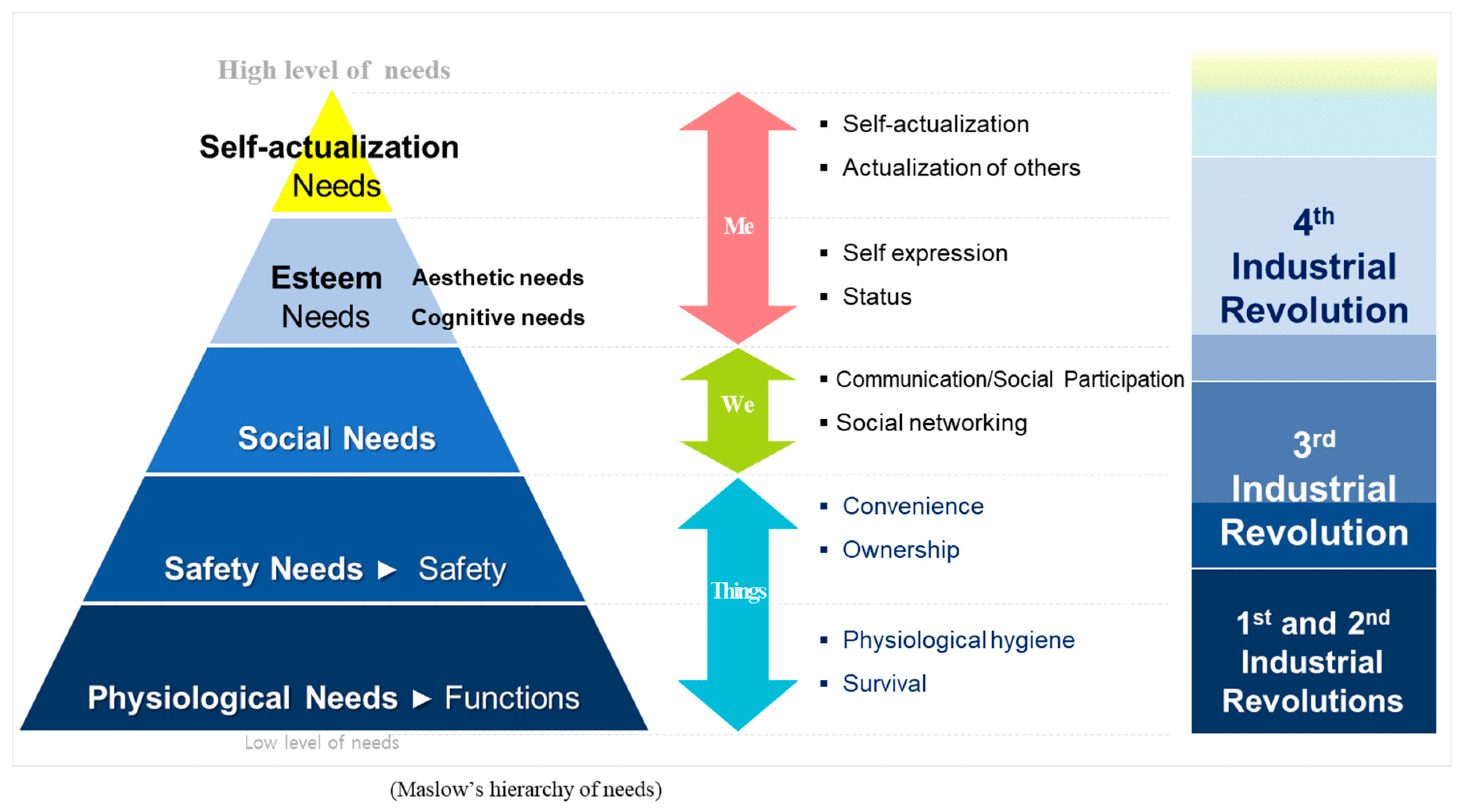The Industrial Revolution and the Digital Revolution are two major technological innovations that have dramatically transformed how people live, work and interact with each other. The Industrial Revolution, which took place in the 18th and 19th centuries, saw significant advances in manufacturing, transportation, and agriculture, while the Digital Revolution, which began in the latter half of the 20th century, was focused on computing and communication technology. Both revolutions have led to significant advancements in technology, production efficiency, and communication, successfully transforming society from an agricultural economy to a manufacturing-based economy and creating online communities and increased globalization.
The Industrial Revolution vs. The Digital Revolution: Examining Technological Progress
Introduction
The world has seen two major technological revolutions, the Industrial Revolution, and the Digital Revolution. Both have had a tremendous impact on the world, and they have transformed the way people live, work, and interact with each other. But how do these two periods of innovation compare and contrast with each other?
What is the Industrial Revolution?
The Industrial Revolution is a period of time between the 18th and 19th centuries when significant advances in manufacturing, transportation, and agriculture transformed how people lived and worked. The revolution began in Great Britain and quickly spread to other parts of the world.
Advances during the Industrial Revolution
During the Industrial Revolution, new machines were invented that allowed for mass production of goods. For example, the steam engine revolutionized transportation, making it possible to ship goods faster and further, leading to an increase in trade. The textile industry also saw significant advances, with the invention of the flying shuttle, spinning jenny, and power loom, all of which increased production.
Impact of the Industrial Revolution
The Industrial Revolution had a significant impact on society, changing the way people lived and worked. It led to the growth of cities, with people moving from rural areas to work in factories. It also led to increased trade, which helped to transform the global economy, leading to increased wealth and prosperity for some nations.
What is the Digital Revolution?
The Digital Revolution is a period of innovation in computing and communications technology that began in the latter half of the 20th century. The digital revolution began with the development of computers, and later the widespread adoption of the internet.
Advances during the Digital Revolution
During the Digital Revolution, technology continued to advance, leading to the creation of smartphones, social media, and cloud computing. These technologies have transformed how people communicate, access information, and conduct business.
Impact of the Digital Revolution
The Digital Revolution has had a significant impact on society, changing how people interact with each other and the world around them. Social media has transformed how people connect and share information, leading to the rise of online communities. Cloud computing has made it possible for people to work and collaborate from anywhere in the world, leading to increased flexibility and efficiency.
Comparing the Industrial and Digital Revolutions
While there are significant differences between the Industrial and Digital Revolutions, there are also similarities. Both have had a profound impact on society, changing how people live and work. Both have also led to significant advances in technology, leading to increased efficiency and productivity.
Technology and Production
Both revolutions resulted in significant advances in technology that transformed production processes. During the Industrial Revolution, new machines allowed for mass production of goods, while the Digital Revolution has led to the automation of many processes, increasing efficiency and reducing costs.
Impact on Transportation and Communication
Both revolutions have also had a significant impact on transportation and communication. The Industrial Revolution led to the development of the steam engine, which revolutionized transportation, while the Digital Revolution has led to the widespread adoption of the internet, transforming communication.
Impact on Society
Both revolutions have had a profound impact on society, changing how people live and work. The Industrial Revolution led to the growth of cities and a shift from an agricultural-based economy to a manufacturing-based economy. The Digital Revolution has led to the rise of online communities and increased globalization.
Conclusion
Both the Industrial and Digital Revolutions have had a profound impact on society, transforming how people live and work. While there are significant differences between the two, they share similarities such as advances in technology and their impact on production, transportation, and communication. These revolutions have led to significant progress and enabled people to achieve more than they could have imagined before their emergence.
